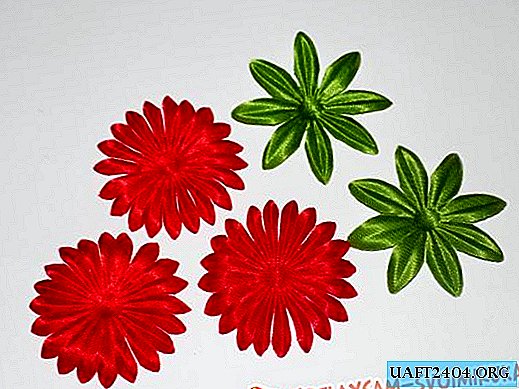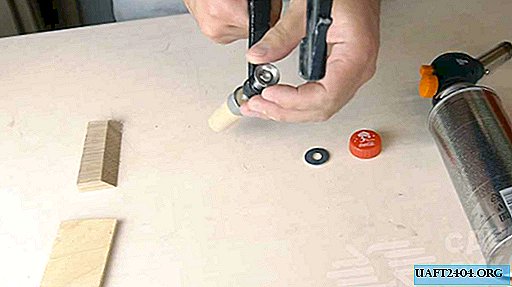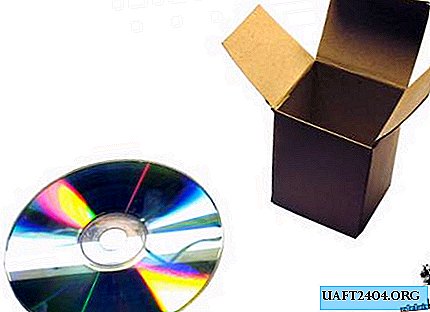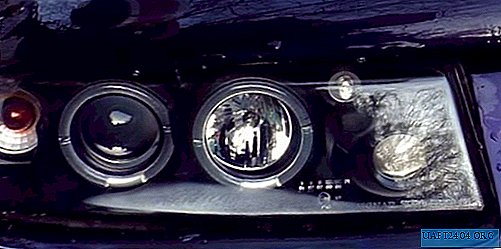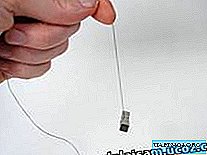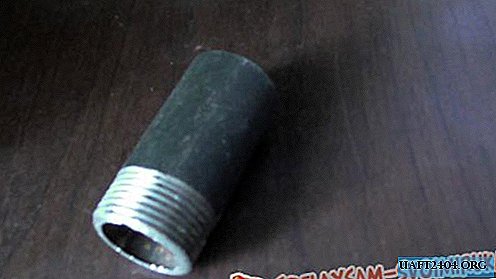Share
Pin
Tweet
Send
Share
Send

Materials:
- dry clean cloth;
- any liquid for degreasing;
- repair kit for auto glass, can be bought on Ali Express;
- plain, preferably yellowish paper;
- electrical tape or masking tape;
- razor blade or mounting knife.

Chip Repair
Glass restoration should be performed in the shade in mild weather, since the active repair compound hardens under the influence of ultraviolet radiation. The problem area of the glass is degreased and wiped dry.

On the side of the passenger compartment, opposite the chip, plain paper is glued with electrical tape. It allows you to make the defect more contrasting and noticeable. On the outside of the glass around the chip you need to stick a contour of electrical tape to get a window of 10x10 cm. It will stop smudges of the repair fluid.

Using the pins in the repair kit, you need to clean the chip. Small fragments of glass are removed from it.

A boundary gasket is glued to the glass around the chip, very similar to double-sided tape. It is important to stick it on the right side, as indicated in the instructions.


The protective layer breaks off the top of the gasket and the filler injector is glued to it.


Repair polymer is squeezed out of the tube into the neck of the injector. Even if the chip is small, you need to fill almost all the glue.


The syringe from the kit is inserted into the injector, and its valve extends over its entire length to create a vacuum. On the stops of the syringe there is a metal bracket that allows you to fix the piston at a distant mark so that it does not come back.


If you remove the background paper from the inside of the glass, you can see how air bubbles rise from the chip. To improve their output, you need to lightly tap on the glass in the area of damage. After about 10-20 minutes, the bubbles should come out.

After this, the syringe is removed to release the vacuum and returns to the injector. Its piston is pressed down and fixed with a bracket at the first mark. This creates pressure driving the polymer into the voids of the cleavage. It is enough to hold the syringe for another 10-20 minutes.

The syringe, injector and gasket are removed from the glass using a blade.

A little remaining polymer is added to the cracks diverging from the cleavage.

A transparent film from the set is laid on the chip.

We squeeze out the remains with a blade.

The car rolls out in the sun, where, under the influence of light passing through the film, the composition polymerizes. Typically, the instructions recommend drying for 15 minutes, but it is better to wait 1 hour.
After the polymer has hardened, the film is cut off along with glue flows.


The composition should remain only in the chip itself. Next, the restored glass is polished.


Using a repair kit allows you to almost completely hide the chip. If you do not know where he was, then the defect is generally invisible.
See detailed video tutorial
Share
Pin
Tweet
Send
Share
Send


